order histories, retained contact details for faster checkout, review submissions, and special promotions.
Forgot password?
order histories, retained contact details for faster checkout, review submissions, and special promotions.
Location
Corporate Headquarters
Vector Laboratories, Inc.
6737 Mowry Ave
Newark, CA 94560
United States
Telephone Numbers
Customer Service: (800) 227-6666 / (650) 697-3600
Contact Us
Additional Contact Details
order histories, retained contact details for faster checkout, review submissions, and special promotions.
Forgot password?
order histories, retained contact details for faster checkout, review submissions, and special promotions.
PRKAG2 / AMPK Gamma 2
protein kinase, AMP-activated, gamma 2 non-catalytic subunit
AMP/ATP-binding subunit of AMP-activated protein kinase (AMPK), an energy sensor protein kinase that plays a key role in regulating cellular energy metabolism. In response to reduction of intracellular ATP levels, AMPK activates energy-producing pathways and inhibits energy-consuming processes: inhibits protein, carbohydrate and lipid biosynthesis, as well as cell growth and proliferation. AMPK acts via direct phosphorylation of metabolic enzymes, and by longer-term effects via phosphorylation of transcription regulators. Also acts as a regulator of cellular polarity by remodeling the actin cytoskeleton; probably by indirectly activating myosin. Gamma non-catalytic subunit mediates binding to AMP, ADP and ATP, leading to activate or inhibit AMPK: AMP-binding results in allosteric activation of alpha catalytic subunit (PRKAA1 or PRKAA2) both by inducing phosphorylation and preventing dephosphorylation of catalytic subunits. ADP also stimulates phosphorylation, without stimulating already phosphorylated catalytic subunit. ATP promotes dephosphorylation of catalytic subunit, rendering the AMPK enzyme inactive.
| Gene Name: | protein kinase, AMP-activated, gamma 2 non-catalytic subunit |
| Family/Subfamily: | Protein Kinase Non Catalytic , AMPK/SNF1 |
| Synonyms: | PRKAG2, Ampk gamma 2, AAKG, AAKG2, AAMPK Gamma 2, AMPK subunit gamma-2, AMPK gamma2, CMH6, WPWS, H91620p |
| Target Sequences: | NM_016203 NP_057287.2 Q9UGJ0 |
![PRKAG2 / AMPK Gamma 2 Antibody - AMPK gamma 2 antibody [C2C3], C-term detects PRKAG2 protein at nucleus and cytosol on hepatoma by immunohistochemical analysis. Sample: Paraffin-embedded hepatoma. AMPK gamma 2 antibody [C2C3], C-term dilution:1:500.](https://lsbio-7d62.kxcdn.com/image2/prkag2-ampk-gamma-2-antibody-aa386-569-ls-c186349/139930_5058605.jpg)
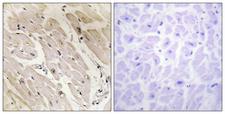
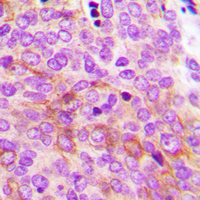
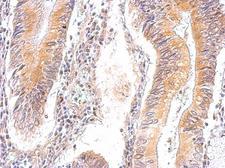
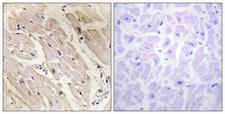
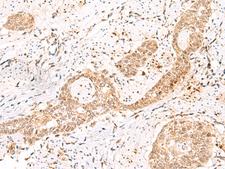
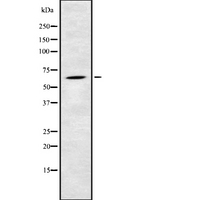









If you do not find the reagent or information you require, please contact Customer.Support@LSBio.com to inquire about additional products in development.









